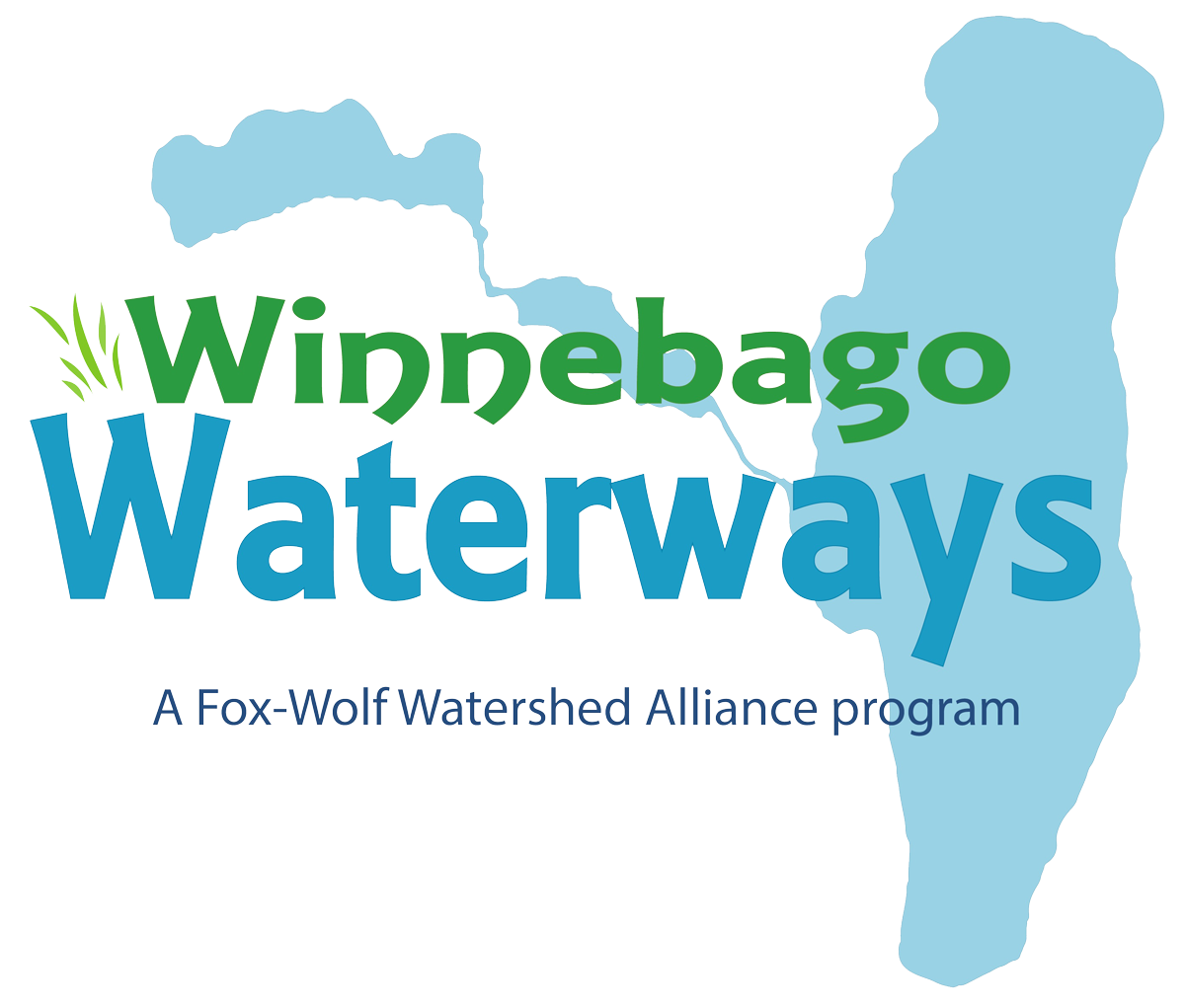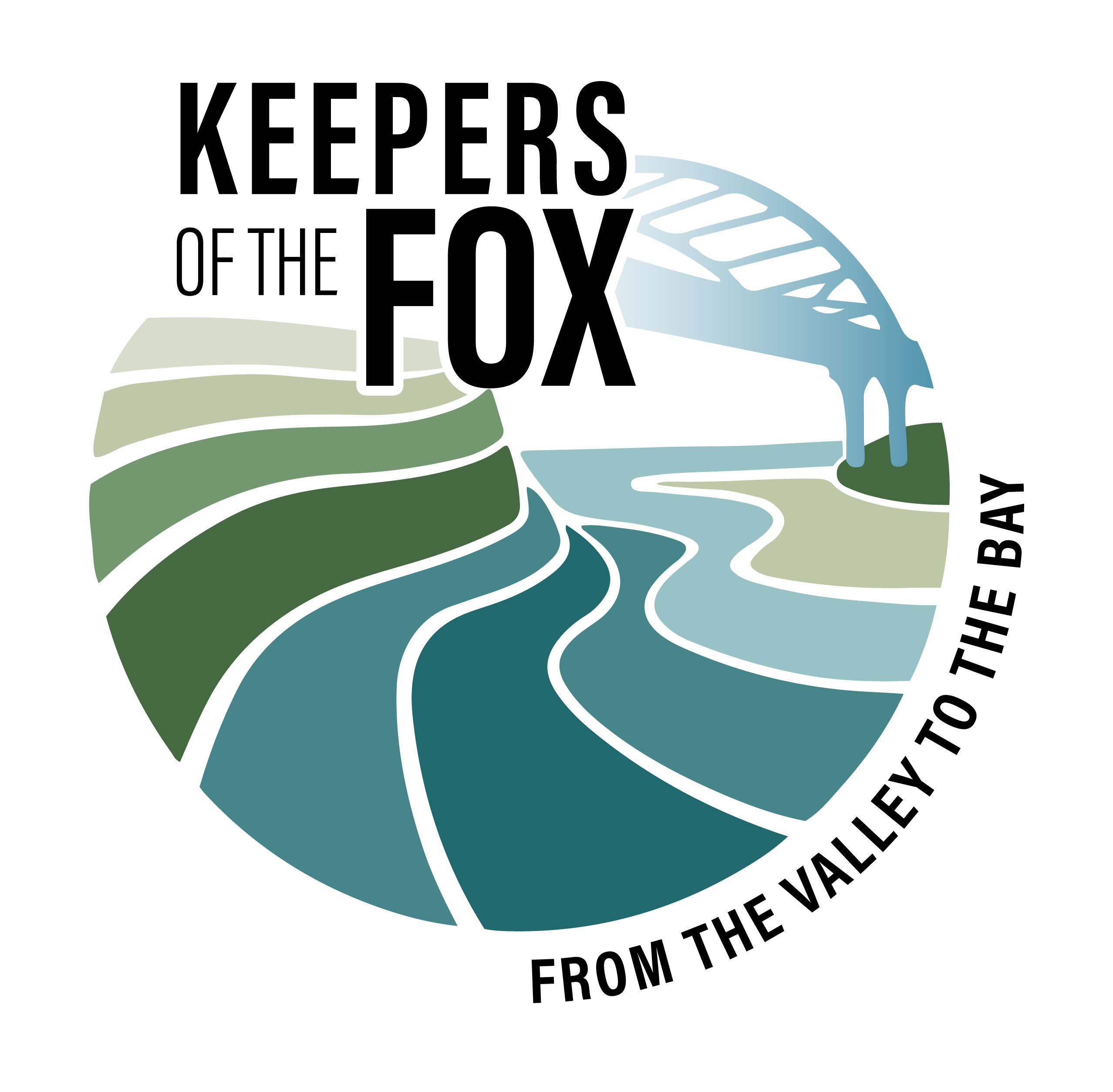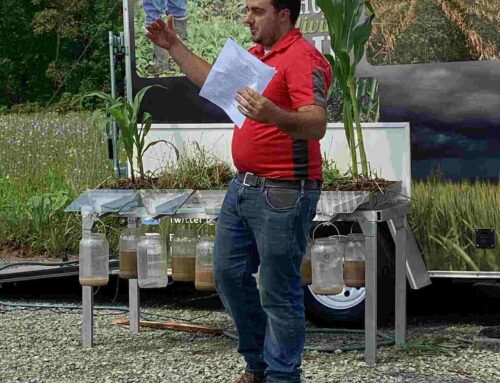Soil health is a growing interest in all areas of the state with some producers implementing soil health practices across their whole farm to just beginning with simple trials. Although there are some short term benefits of soil health practices, the process to build healthy soil and realize long term benefits can take years and continue for decades. The more continuous soil health practices, such as conservation tillage (no-till) and cover crops, occur, the sooner soil health benefits will begin to surface. This multi-year process requires continuous commitment and planning.
Cost sharing helps reduce farmer risk by providing funds for installing practices such as cover crops. Generally, only a single practice is cost shared leading to a lack of year-to-year commitment of using continuous soil health practices, which is needed for progress towards soil health. For example, a producer would plant a fall cover crop, but the following spring the field would be aggressively tilled, and no other soil health practices would be used the remaining year. Along with commitment, we’ve seen a lack of planning or unforeseen challenges would lead to a failure or little gain towards healthy soils.
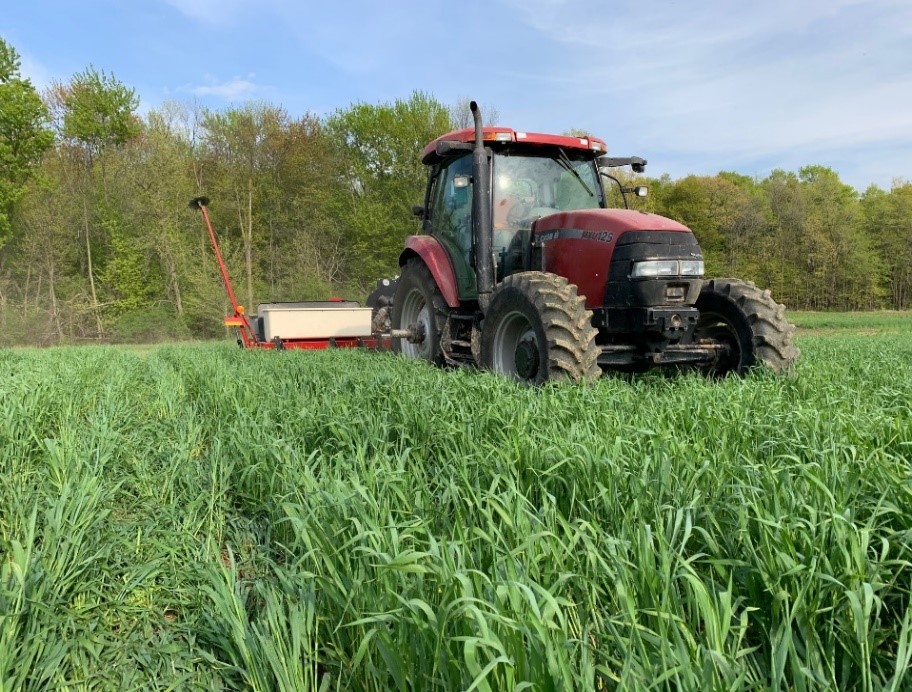
Planting corn into a green cover
To combat the planning and commitment challenges, in 2019 Outagamie County Land Conservation (OCLD) was awarded with a grant from the Great Lakes Sediment and Nutrient Reduction Program. This grant allowed OCLD to provide 3 years of cost share with 4 producers. The cost share program consisted of a commitment to continuous no-till and cover crops for 3 years on the acres the producer chose. This cost sharing helped with practice installation and additional planning needed to avoid challenges or failures. The commitment will help producers find a system of soil health practices on their farm that works most years and begin to see benefits in their fields.
The farms involved had some experience with soil health practices before signing up so many of the early adoption challenges were already worked through. One of the most significant challenges is manure application in a soil health system. Full width tillage tools are commonly used for manure application after crop harvest (fall) to reduce the chances of runoff. The other challenge with manure application is lack of control over timing since most farms hire a custom operator and they need to wait for the manure application before they can plant a cover crop. Ideally a cover crop is planted as soon after harvest as possible to maximize plant growth for soil health benefits. To combat these challenges, fields that received manure would have the cover crop planted directly after harvest and then use a low disturbance manure application that allows the cover crop to keep growing and help reduce manure runoff. Another approach taken was to spring-apply manure at low rates after corn was planted. The cover crop residue in the spring prevents any runoff until the manure finds its way into the soil.
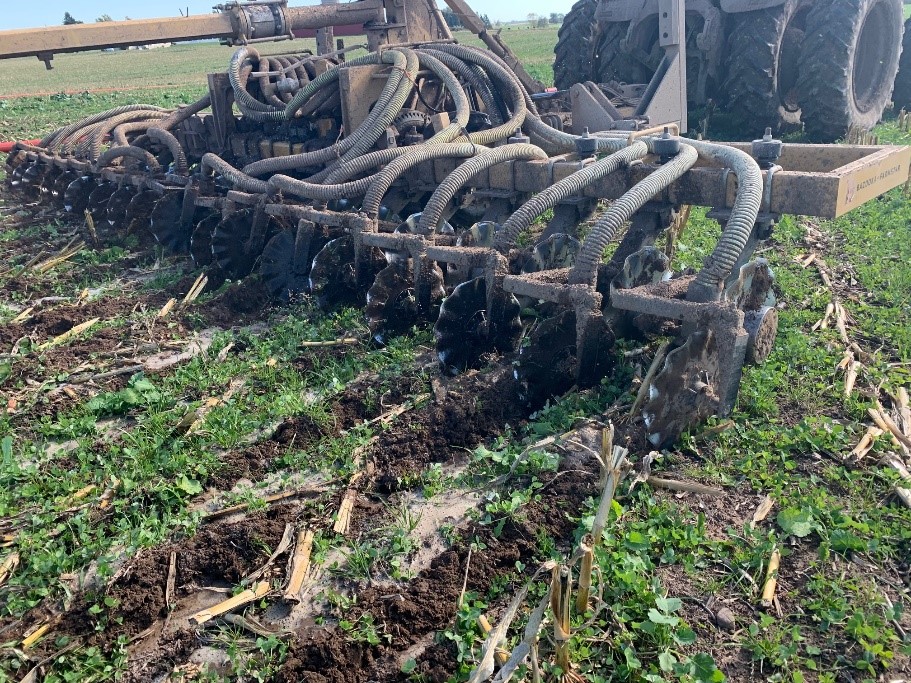
Applying low disturbance manure to growing cover crops after corn silage harvest
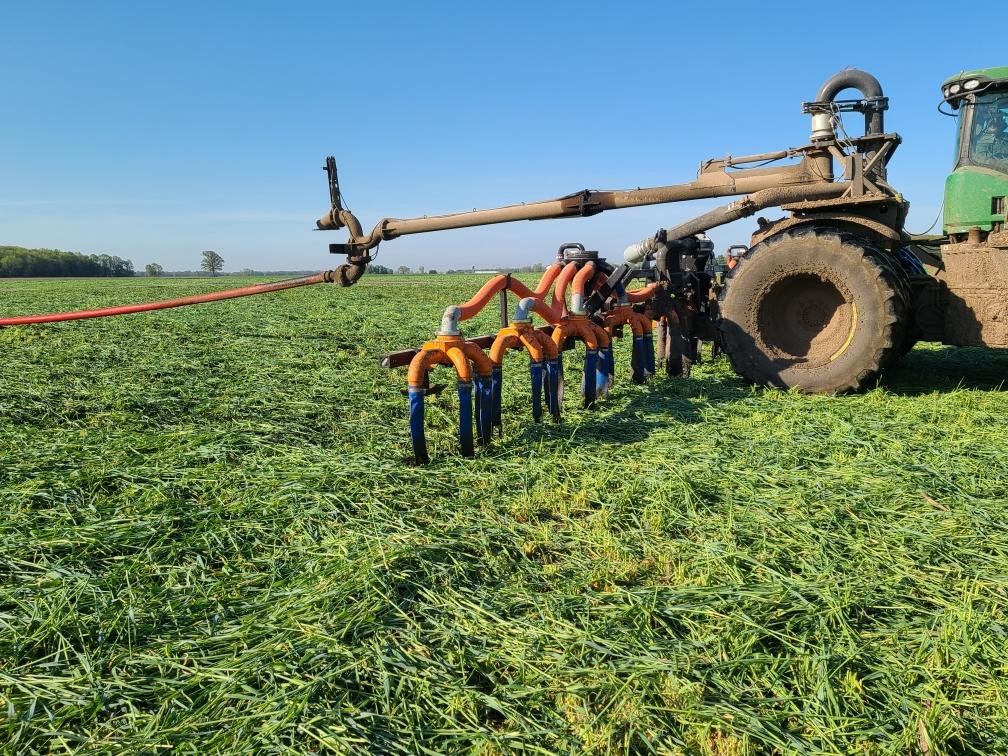
Applying low disturbance manure to a planted corn field with cover crop residue
Overall, implementing the soil health practices and planning has been successful. Each cropping season we’ve learned new things to adjust for the following year. These things include correcting planter setup for proper seed placement and adjusting fertilizer rates to adapt to conservation tillage and cover crop use. This spring we learned that manure needs to be applied at lower rates in the spring, otherwise corn germination issues can arise. We will be compiling and sharing all things we’ve learned throughout the remainder of the grant for other producers to use to help with decision making as they build their soil health.
Article provided by Andy Kiefer, Agronomist/Conservation Planner at Outagamie County Land Conservation Department. Andy can be contacted at Andy.Kiefer@Outagamie.org

Keepers of the Fox is a program of the Fox-Wolf Watershed Alliance that works cooperatively to protect, sustain, and restore the water resources of the Lower Fox River watershed. For more information, contact Katie Woodrow, Lower Fox River Watershed Program Director at Katie@fwwa.org or 920.915.5767
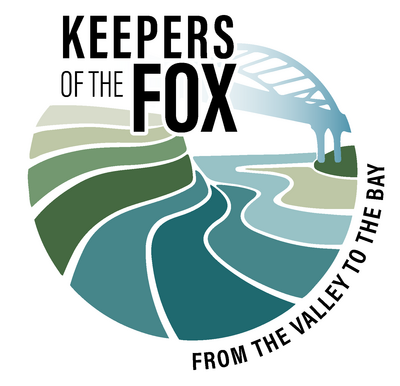
Questions? Contact us:
Climate Smart Agriculture Project Manager: Katie Woodrow, 920.915.5767 or katie@fwwa.org
To receive periodic updates on these projects as well as many others, please subscribe to our newsletters: CLICK HERE

